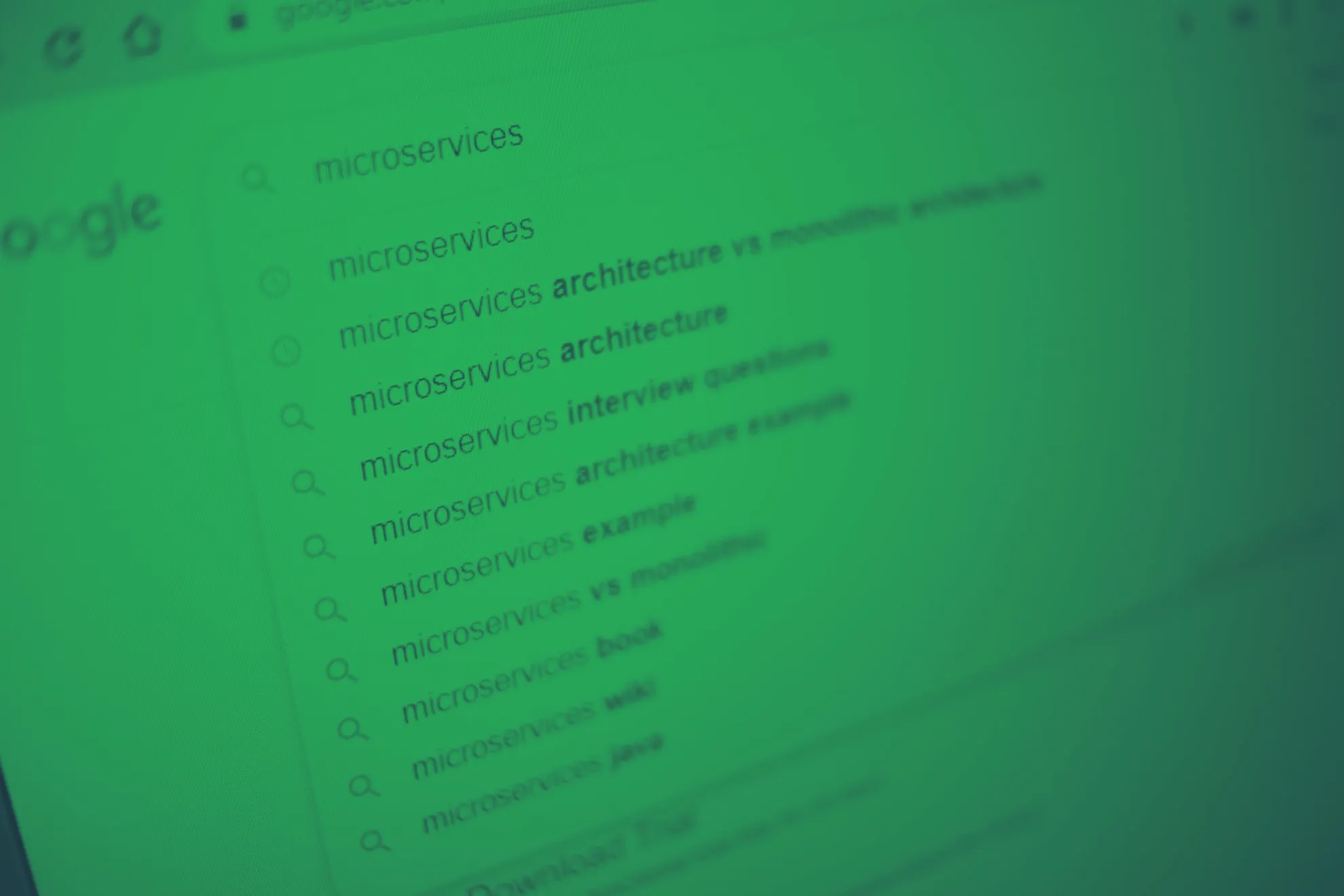Implementation of PIM is the starting point for a strategic approach to working with product data
Product Information Management (PIM) is a strategic approach to handling product data that centralizes and organizes all the product information a company possesses.
A PIM system functions as a central data hub where data about your products is collected, maintained, and distributed. This includes everything from descriptions and specifications to images and technical data. By having a single reliable source for all product data, PIM systems ensure that the information is consistent and accurate across all channels and platforms, which is crucial for maintaining a strong brand and a positive customer experience.
One of the key advantages of a PIM system is the ability to efficiently manage large volumes of product data. This is especially important for companies with an extensive product catalog. By centralizing data management, companies can reduce the risk of errors and inconsistencies that often occur when data is maintained manually in different systems.
This not only increases data quality but also improves efficiency, as employees spend less time updating and correcting data errors. Additionally, a PIM system makes it easier to distribute product information to various sales channels and marketing platforms. By automating the process of updating and distributing data, PIM ensures that all channels – from webshops and catalogs to social media and marketplaces – always have the latest and most accurate information. This is essential for providing customers with a consistent and satisfying experience.
Careful planning and preparation support the good implementation process
Implementing PIM both the PIM system and the processes that should accompany it - requires careful planning and preparation.
It starts with a thorough analysis of the company's needs and goals, as well as an assessment of current processes and data. This is followed by the choice of the right PIM solution, which must be able to be integrated with existing systems such as ERP and CRM. Data must then be prepared and imported into the system, which often involves significant efforts to clean and standardize the data. Once the system is configured and adapted to the specific requirements of the company, it is important to train employees on the use of the new tool and establish a support structure to address any issues that may arise.
PIM systems are also scalable and often grow in line with the company's other development - more products, new data sources and new needs in the market are always relevant. This makes the PIM system a long-term investment that can adapt to changes in product offerings and market strategy. A PIM system offers tools to assess and improve data quality on an ongoing basis, which helps to maintain high standards of data accuracy and relevance.
Overall, a PIM system is a worthwhile investment for any company looking to improve its product data management. This can lead to more efficient processes, fewer errors, better customer service, and stronger marketing. By centralizing and standardizing product data, PIM helps companies navigate the complex requirements of modern business and ensure that they are always providing accurate and up-to-date information to their customers.
We offer several PIM systems, both Perfion and Inriver.
This is how we do the PIM implementation
The process we follow is based on experience from more than 80 PIM projects
Preliminary analysis
A thorough preliminary analysis gives us a common overview of your data basis, business model and thus also a good idea of which PIM system you could use with advantage.
Contract is negotiated and agreed
Based on the preliminary analysis, we draw up a contract that specifies the nature of the collaboration, our deliveries, the relevant deadlines and, of course, a price.
The project is started
At the start of the project, we go through the points in the preliminary analysis thoroughly, and get cooperation started on the basis of one or more workshops.
In-depth analyses
We go in-depth with your product data, your use of this and which data suppliers and receivers you have in the company. As a result, the architecture slowly begins to take shape, and the actual task-solving usually picks up speed during this period.
We configure three product categories
We set up three product categories based on our analysis and close contact with you.
When we are mutually satisfied with the configuration, we move on to converting data.
Data is converted
We draw a "straight comb" through your data and import it into your new PIM system, so that the three product categories stand as good templates for you to work from.
We test the setup
We thoroughly test that the system, import, export and any integrations work as we expect and have agreed with you.
You say good for the solution
We present our solution to you, and you give your acceptance that we have delivered what we agreed at the start of the process.
Education in your solution
We come to you and train your employees in using the system. We create different courses for different professional groups depending on who in your organization has to handle the system on a daily basis. If you need an SLA, we draft one in this part of the project.
Remaining product categories are created
Now that you have the system in hand, you set up the rest of your categories yourself. If you need us to create more categories, it will be agreed at this point in the process.
You test the solution
You test yourself whether your new categories behave as expected and whether any changes should be made based on this.
The PIM system goes live
Your new PIM system goes live with a bang (or in silence) and your colleagues, customers and business partners are hopefully beyond satisfied.
Let's talk about you
Would you like to learn more about PIM? Then contact us, and let’s explore together whether a PIM system is the right solution for your business.



